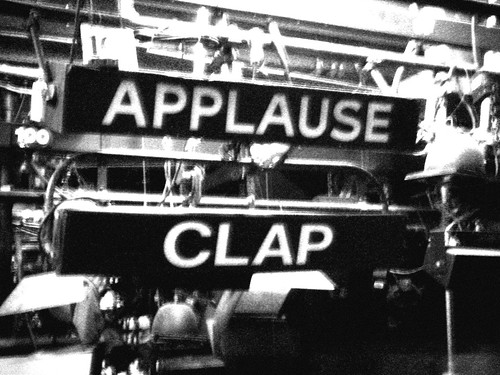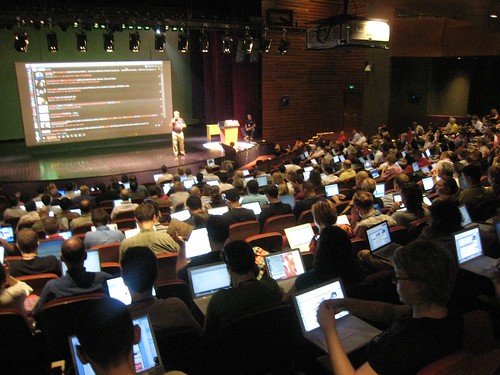 |
| CC BY-SA Some rights reserved by Jrosenberry1 on Wikimedia Commons |
Now TV film channel TCM have teamed up with Ball State University to produce a MOOC based on the channel's film noir season this summer, TCM Presents Into the Darkness: Investigating Film Noir.
This course will run concurrently with the Turner Classic Movies "Summer of Darkness” programming event, airing 24 hours of films noir every Friday in June and July 2015. This is the deepest catalog of film noir ever presented by the network (and perhaps any network), and provides an unprecedented opportunity for those interested in learning more to watch over 100 classic movies as they investigate “The Case of Film Noir.”
Both the course and the associated films will enrich your understanding of the film noir phenomenon—from the earliest noir precursors to recent experiments in neo-noir. You will be able to share thoughts online and test your movie knowledge with a worldwide community of film noir students and fans.
You might think that course participation would depend on subscribing to TCM but the course description makes it clear that there will be links to lots of film noir examples that are freely available on YouTube. Having access to TCM is simply a convenience but not a precondition but of course TCM are hoping to influence course participants to sign up, just as Ball State might hope to attract new students.
I see this as an exciting development of the mainstream xMOOC model, offering universities a chance to connect with new types of learners, showcase their expertise and link higher education with popular culture in innovative ways. MOOCs can be offered to provide an informed insight into themes raised by films, books, TV series, major events and anniversaries. There is of course a fine line between the scientific impartiality of higher education and the dangers of commercialism but as long as the partnerships are clearly explained, as in the above example, then I think that universities can only gain from such activities. Just let's stop calling them MOOCs please.


